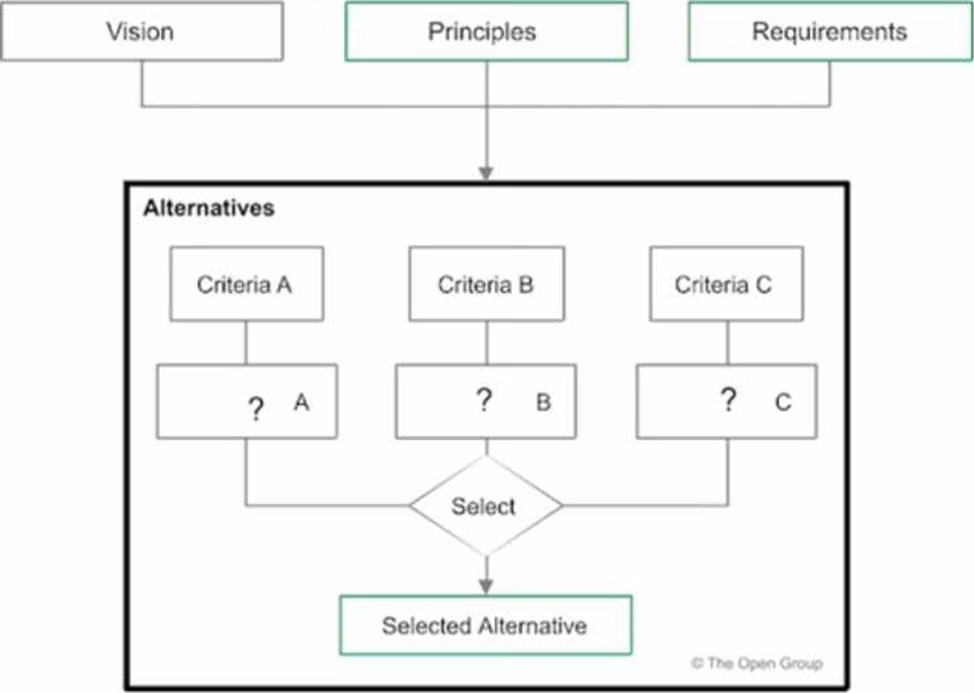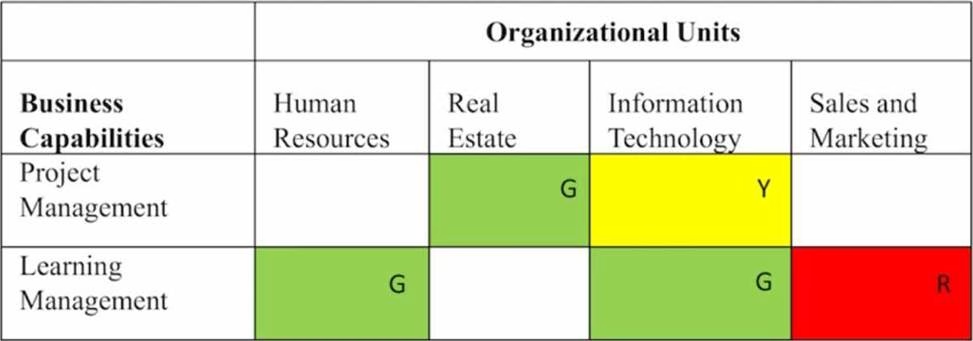The Open Group OGBA-101 TOGAF Business Architecture Foundation Exam Online Training
The Open Group OGBA-101 Online Training
The questions for OGBA-101 were last updated at Apr 24,2025.
- Exam Code: OGBA-101
- Exam Name: TOGAF Business Architecture Foundation Exam
- Certification Provider: The Open Group
- Latest update: Apr 24,2025
Which of the following best describes a TOGAF business scenario?
- A . A business case.
- B . A technique to elaborate an architecture effort.
- C . A method to develop a business model.
- D . A use-case providing detailed descriptions.
Consider the following:
In Phase A a business capability map and a core set of value streams were created while developing the Architecture Vision.
Why would such Architecture Descriptions need to be updated in Phase B?
- A . Phase B requires that all Architecture Descriptions be updated.
- B . The development of Business Architecture Descriptions is always iterative.
- C . Phase B is an ADM Architecture Development phase.
- D . A new value stream was assessed as in the project scope.
What is defined as the effect of uncertainty on objectives?
- A . Threat
- B . Continuity
- C . Risk
- D . Vulnerability
Consider the following graphic illustrating a method supporting the TOGAF ADM.

What does the method help identify?
- A . Solution Building Blocks
- B . Business Scenarios
- C . Alternative Target Architectures
- D . Architecture Solutions
Consider the following modeling example, relating business capabilities to organization units so as to highlight duplication and redundancy:

(Note in this example the cells colored green, yellow, and red, are also marked G. Y, and R, respectively)
Which of the following best describes this technique?
- A . Relationship Mapping
- B . Capability Mapping
- C . Perspective Analysis
- D . Gap Analysis
Which approach to model, measure, and analyze business value is primarily concerned with identifying the participants involved in creating and delivering value?
- A . Value chains
- B . Value networks
- C . Lean value streams
- D . Value streams
Which of the following describes how business models are used within the TOGAF standard?
- A . To identify, classify, and mitigate risks to the business.
- B . To tailor the enterprise architecture for the business.
- C . To document the factors impacting the business migration plan.
- D . To help formulate architecture and business principles.
Which of the following can be used to help define information concepts in an information map?
- A . Stakeholder Map
- B . Value streams
- C . Statement of business goals and drivers
- D . Organization Map
Complete the sentence. A business model is a description of the rationale for how an organization creates, delivers, and captures
- A . strategy
- B . business function
- C . best practices
- D . value
Which of the following Business Architecture concepts should the architect examine and search for when developing the Architecture Vision?
- A . Architecture Principles, Business Goals
- B . Implementation Factor Catalog. Business Value Assessment Matrix
- C . Architecture Continuum, Architecture Repository
- D . Organization Map. Business Capabilities
Latest OGBA-101 Dumps Valid Version with 40 Q&As
Latest And Valid Q&A | Instant Download | Once Fail, Full Refund

